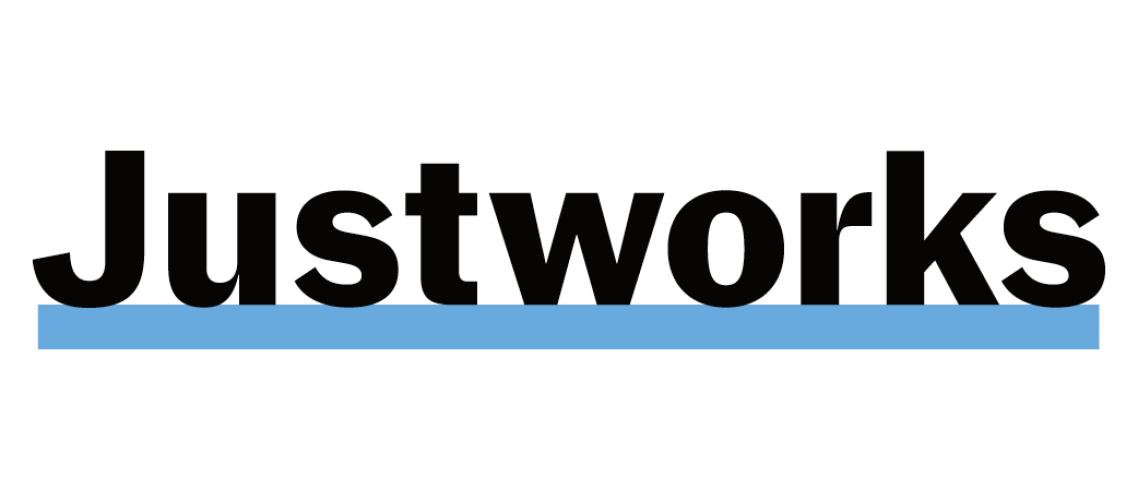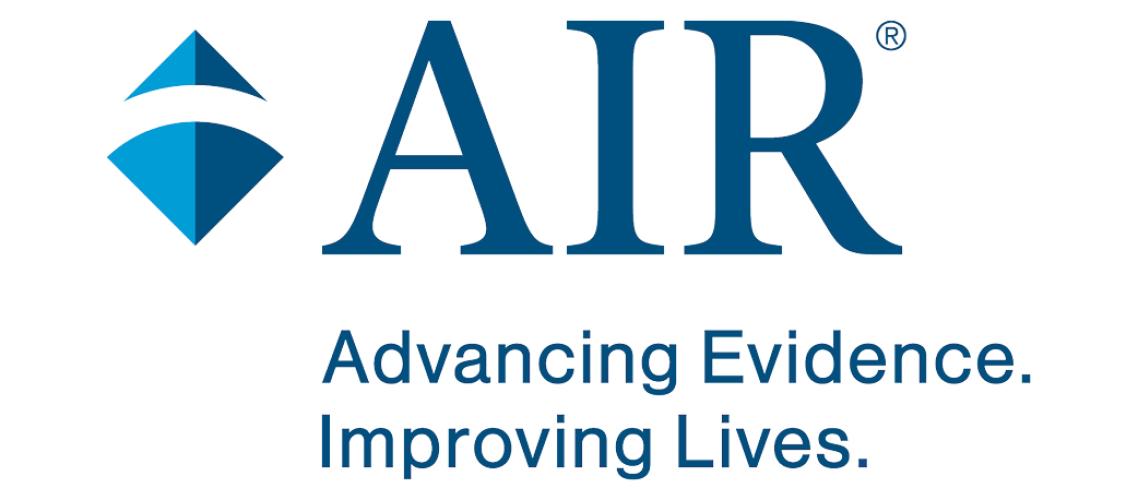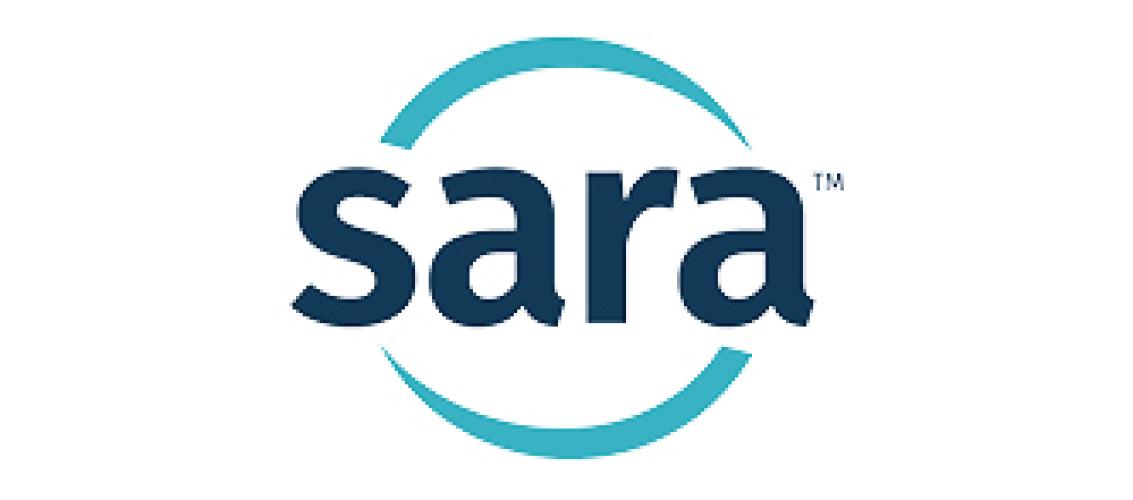NASWA Letter to Congress on Workforce Initiatives and Funding
The Honorable Patty Murray
Chair, Committee on Health, Education, Labor & Pensions
United States Senate
Washington, DC 20510
The Honorable Richard Burr
Ranking Member, Committee on Health, Education, Labor & Pensions
United States Senate
Washington, DC 20510
The Honorable Bobby Scott
Chairman, Education and Labor Committee
U.S. House of Representatives
Washington, DC 20515
The Honorable Virginia Foxx
Ranking Member, Education and Labor Committee
U.S. House of Representatives
Washington, DC 20515
Dear Chair Murray, Chairman Scott, and Ranking Members Foxx and Burr:
The National Association of State Workforce Agencies (NASWA) strongly supports the enactment of the Relaunching America’s Workforce Act (RAWA) as part of an emerging economic recovery package. NASWA also supports enhanced permanent funding and other reforms of our Nation’s workforce programs.
While federal policymakers and federal and state workforce leaders have been focused on distributing billions of dollars of unemployment insurance payments to unemployed Americans, our country’s reemployment and recovery mechanisms need equal attention. Since the pandemic began, States and their local partners have transitioned their in-person workforce training, career, and business services to remote delivery, and have developed new strategies to support America’s jobseekers and employers, but the system needs significantly more capacity to meet the needs of an inclusive economic recovery.
- RAWA would provide critical temporary supplemental funding for career services and upskilling opportunities for millions of underemployed and unemployed Americans, especially low-income workers, dislocated workers, and workers facing long-standing barriers to economic opportunity. It relies on existing, proven funding streams that promote state innovation, flexibility, and accountability.
- The bill (section 121) would also help states develop and use more real-time, local labor market information. Developing state-driven data infrastructure is key to understanding and addressing local labor market issues, monitoring progress toward reducing geographic and racial disparities in labor market outcomes, and increasing the effectiveness of education, workforce, and economic development investments.
NASWA also asks Congress to leverage and align other one-time recovery investments, such as infrastructure, post-secondary, and apprenticeship investments, with existing, ongoing investments in the Workforce Investment Opportunity Act and the Strengthening Career and Technical Education Act.
While temporary supplemental funding is needed to address the immediate jobs crisis, enhanced ongoing funding and other reforms are also critical if the workforce development system is to address the urgent need to transform its services and service delivery, take advantage of the new human-to-technology frontier, and evolve into a world-class system supporting labor market transitions. COVID-19 has accelerated changes in the nature of work. Long-term unemployment and disparities in labor market outcomes have grown with successive recessions. And the long-term needs for workforce development investments have multiplied. Therefore, NASWA also recommends that Congress:
- Support core funding and existing programs. The core workforce funding streams have proven their ability to scale up and are flexible enough to accommodate new investments and reforms. Avoid short-term, episodic and/or competitive funding opportunities that disrupt planning and hiring, waste critical resources on repeat startup or shutdown activities, and create access barriers for some states, especially small states, with limited grant-writing resources. Ensure sufficient funding to state LMI shops so they can fulfill their responsibilities to produce high quality survey data and statistics without diverting funds from other priority data products and projects.
- Focus on career services, especially job search assistance. Comprehensive job search assistance is a proven cost-effective service to unemployed jobseekers. Providing more permanent funding for the Wagner-Peyser Act to modernize the career services and job coaching infrastructure is one of the best investments the federal government can make to combat unemployment and smooth labor market transitions. Critical needs include upgrades to staff skills, the adoption of new service models and supporting technologies, and technical assistance.
- Promote WIOA funding flexibility. Create more flexibility under the current WIOA funding streams so states can better anticipate coming labor market disruptions and help workers who are not traditionally eligible for assistance prepare for labor market success. States want flexibility to help at-risk incumbent workers achieve new skills and experience so they can participate successfully in the emerging economy.
- Stand up subsidized employment opportunities. Subsidized employment has a long history of positive benefits to workers, for community infrastructure, and for the economy, especially when skills training is aligned with unsubsidized employment opportunities, and work disincentives and job displacement concerns are addressed.
- Scale up apprenticeships. Support expansion and sustainability of state registered apprenticeship efforts by providing enhanced investments through line-item formula funding. Provide states technical assistance to foster stronger cross-sector partnerships between workforce and apprenticeship entities. Develop a data infrastructure for the apprenticeship programs that enables data-informed policy and practice in addition to accountability, and that does not cause disproportionate administrative burdens for states or businesses.
- Address youth employment needs. New labor market entrants face long-term employment and earnings repercussions due to recessions and targeted solutions are needed to stem the impacts of the pandemic recession. Provide states more flexibility under the WIOA youth program to target priority youth populations based on state and local needs. Create sustainable summer youth employment opportunities and other youth work experience and training opportunities.
- Continue to invest in reemployment services programming. Reemployment services have a proven track record of accelerating UI beneficiaries return to work, with the additional benefit of reducing unemployment insurance payments. Continue to fund RESEA at the full authorization levels.
- Maintain investment for governors’ statewide needs at 15%. WIOA mandates that states manage 15% of WIOA Title I formula funding to develop statewide solutions to cross-region challenges facing both employers and priority populations. These flexible investments ensure states can address high-priority workforce issues cost-efficiently and can build the evidence and infrastructure that local areas depend on.
- Reduce systemic barriers to successful outcomes and promote economic mobility. Broaden access to and availability of childcare and other supportive services, and broadband. Better align policies, eligibility and benefit structures, regulations, state plan requirements, performance metrics, and evidence building efforts across federal workforce, human services, housing and education agencies. Invest in supporting technologies for integrated service delivery. These reforms will ensure states and their local partners can more successfully support economic mobility for a broad range of Americans—recently unemployed jobseekers, 4 historically marginalized communities, people with disabilities, TANF and SNAP recipients, youth transitioning out of foster care, veterans, formerly incarcerated individuals, individuals who have been out of the labor market, and individuals in need of career readiness skills.
- Align new infrastructure and post-secondary investments with the public workforce system. New infrastructure investments that build transportation networks, expand energy capacity, enhance the public health or caring workforce, or expand the reach of broadband should require alignment with workforce system career, training, and supportive services so jobseekers have an opportunity to acquire skills and access high-quality jobs. New investments to support post-secondary opportunities for underemployed or unemployed Americans should require partnerships between education and workforce systems and with the state labor market information system, to support planning and successful outcomes.
Sincerely,
Fitzgerald Washington
NASWA Board Chair
Secretary,
Alabama Department of Labor
Robert Asaro-Angelo
NASWA Board Chair-Elect
Commissioner,
New Jersey Department of Labor & Workforce Development
Scott B. Sanders
NASWA President and CEO

































